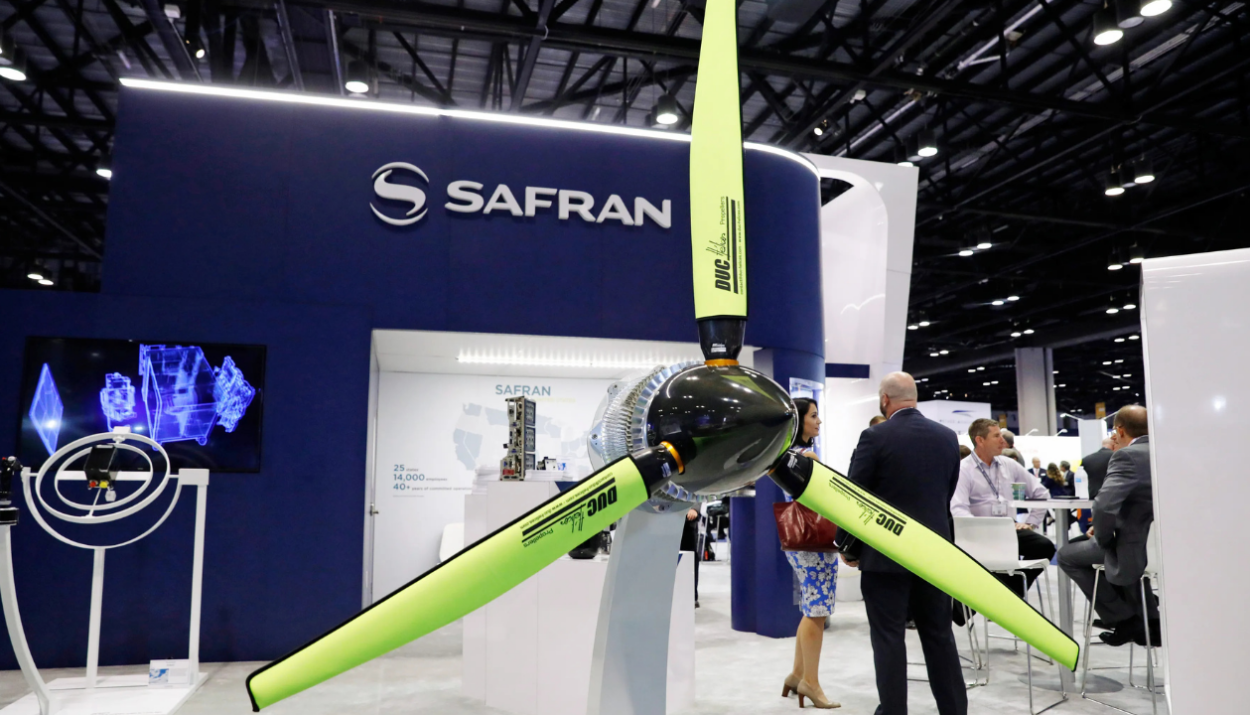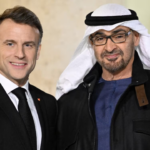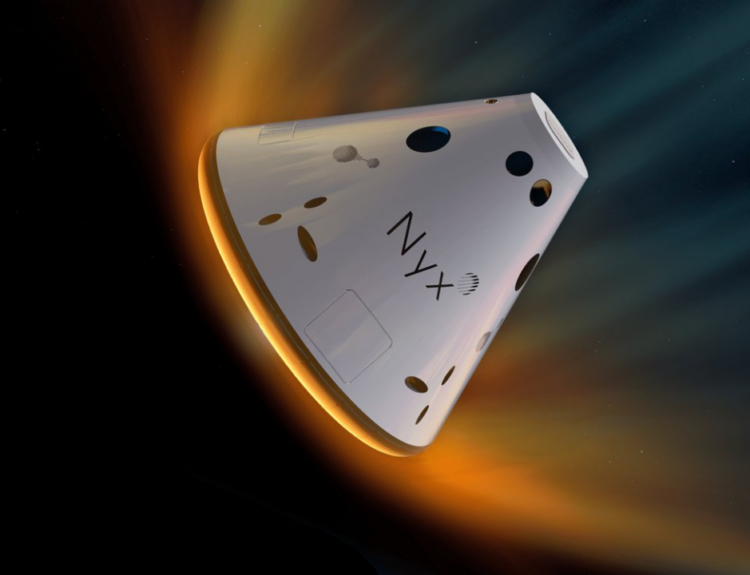A world first for the French group Safran, which has just obtained the first certification from Europe for an electric motor intended for aeronautics. Enough to give the French company a head start in the race for decarbonization expected in 2050 in a sector that is still growing.
French innovation continues to shine in the sky, without fanfare, but with determination and efficiency. As evidenced by the 1era European certification obtained by the Safran group for its ENGINe-US 100 electric motor, a world premiere in aeronautics. This success illustrates France's ability to push technological boundaries and play the pioneer role, while responding to the environmental challenges of the mobility market.
A major technological advance
On Monday, February 3, the French aeronautics group was pleased to be the first in the world to obtain certification for its brand new electric motor, ENGINe-US 100, designed by its subsidiary Electrical and Power. An autonomous direct-drive motor intended to equip electric and hybrid aircraftThis is the reward for nine years of work, four of which were spent obtaining the certification that opens the way to commercialization.
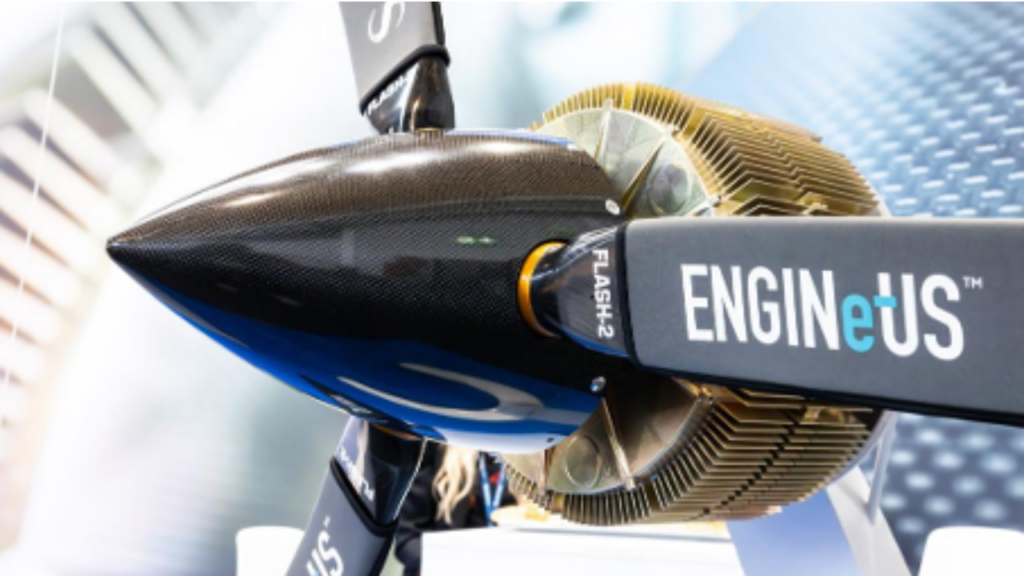
After 1,500 hours of testing and more than 100 hours of flight, this compact and lightweight engine (power/weight ratio of 5 kW/kg), capable of delivering 125 kW of power, has therefore rmet all the technical and safety criteria of the demanding certification by the European Union Aviation Safety Agency (EASA).
Thanks to its design, its integration of functionalities, its lightness and its compactness, this innovative engine is intended to be mounted on many types of aircraft: passenger or goods transport, without forgetting military applications... It will thus be able to find its place on small electric planes (2 to 4 passengers) for short journeys of around a hundred kilometres, as well as, in a hybrid version, on devices of regional transport that will be able to offer up to 19 seats and fly at up to 450 km/h for around 3 hours. But Safran is already working on a big brother of the ENGINe-Us 100: "the XL", a version boosted to 750 kW which could be used to hybridize the successor to the Airbus A320, expected in 2035.
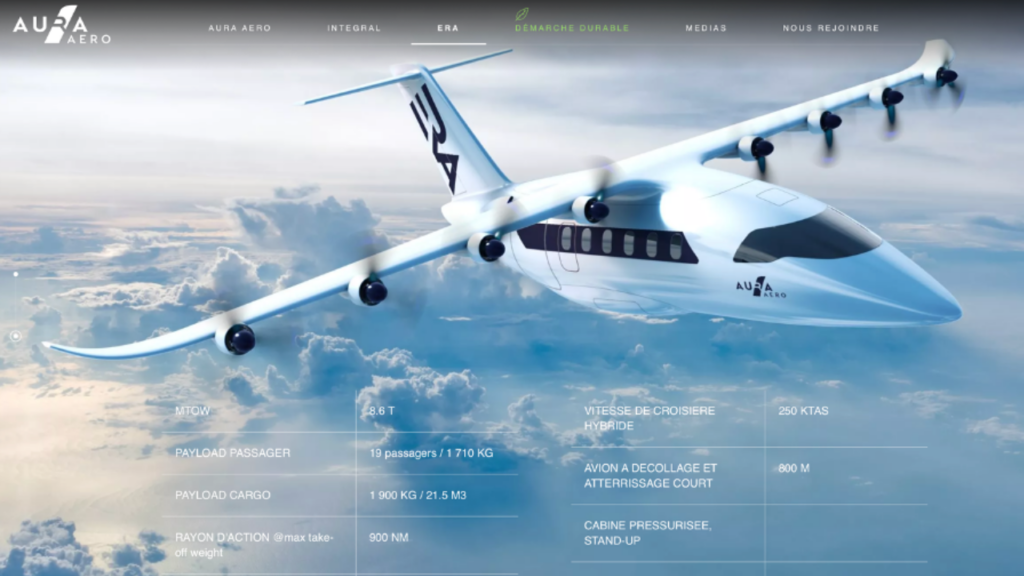
Caption: Safran's engine will notably equip the future regional hybrid aircraft from the company Aura Aero which will enter service in 2028. It will be able to transport up to 19 passengers or 1.9 tonnes of equipment at a cruising speed of 250 KTAS (around 450 km/h) with fully electric takeoff.
The progress made by Safran and its subsidiary is already spectacular and the hardest part has already been done in terms of the electrification of aircraft engines. "It was necessary to develop a breakthrough technology, demonstrate its reliability and establish a new certification framework," "summarized Bruno Bellanger, President of Safran Electrical & Power during the presentation of the certified model. All that remains is to exploit and continue the work undertaken."
Safran plans series production of ENGINe-US 100 from the end of 2026 in its ultra-automated factories in Niort and the United Kingdom, with a annual capacity of more than 1,000 engines which will help reduce the carbon footprint in an aviation sector that badly needs it.
Collaborative projects…
Now that certification has been acquired, Safran will roll out the road map for its new engine. Several agreements should allow ENGINe-US to be quickly installed on short and medium-haul aircraft. The following integration projects are currently pending:
- Integral E (from Toulouse Aura Aero) : it is a two-seater electric aircraft planned for the end of 2026. The regional ERA model (19 seats), also equipped with ENGINe-US, is aiming for marketing in 2028.
- Cassio (from VoltAero, based in Paris and Charente) : this aircraft will use Safran engines for its hybrid regional transport versions of 12 people with an autonomy of 3.5 hours.
- Bye Aerospace (USA), Electra-aero (USA and Switzerland) : These innovative aeronautics companies are targeting the North American market with clean hybrid-electric solutions, with short landing distances and reduced airport noise.
- Diamond Aircraft (Austria) and TCab Tech (China) have already expressed interest in Safran's jewel, especially since its certification will allow them to gain precious time in the fierce race for clean mobility that has already begun.
…and competitors in sight
Next to Safran, the competition is busy also to find efficient clean air transport solutions. Among them, the following have already made themselves known: all american : GE Aerospace, Pratt & Whitney, magniX, or even Joby or Archer, but we can bet that China is not left out.
A constantly growing air market
Global air transport is expected to reach a record 5.2 billion passengers this year, generating revenues estimated at more than $1 trillion. The growing demand for sustainable solutions provides fertile ground for the electrification of the sector. First on the take-off line, Safran is thus positioning itself as a key player in this transition, meeting the decarbonization targets set for 2050.

